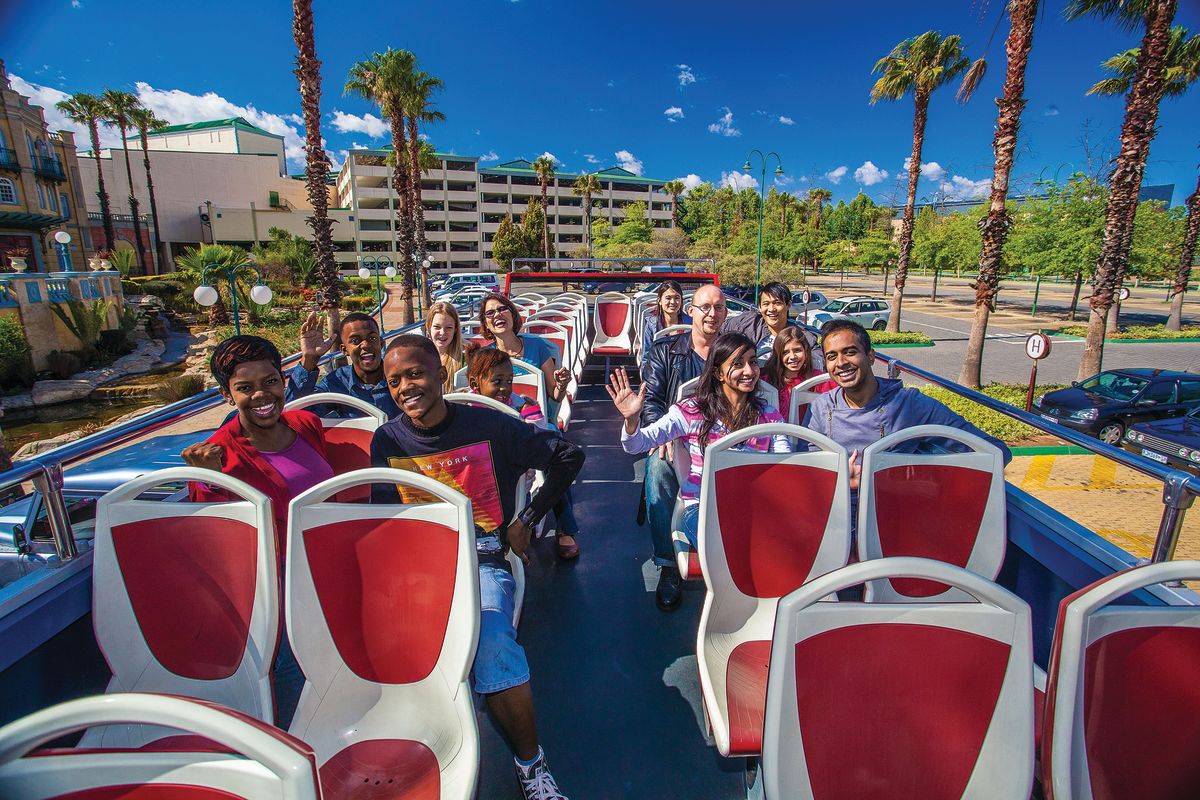Not known Details About Johannesburg North Attractions
Not known Details About Johannesburg North Attractions
Blog Article
Some Ideas on Johannesburg North Attractions You Should Know
Table of ContentsThe Johannesburg North Attractions StatementsHow Johannesburg North Attractions can Save You Time, Stress, and Money.How Johannesburg North Attractions can Save You Time, Stress, and Money.Some Known Factual Statements About Johannesburg North Attractions Get This Report on Johannesburg North AttractionsNot known Facts About Johannesburg North AttractionsNot known Factual Statements About Johannesburg North Attractions
You should keep safety in mind and visitors need to remain sharp at all times when in strange environments. Talk to the citizens when you are in town to learn about the area you are remaining in. Johannesburg North attractions. When on the road (this does not relate to shopping center and various other safe atmospheres) best basic suggestions is to try your finest to look like a local and to stay clear of showing any type of kind of wealth
Unknown Facts About Johannesburg North Attractions
Teacher Revil Mason O. J. (Thomson, 1946) explored the Witwatersrand's pre-colonial history. His archaeological job took off the 'em pty land' misconception, according to which the region was lacking human habitation before the arrival of European settlers. In his publications Prehistory of the Transvaal: A Document of Human Activity (1962) and Origins of Black People of Johannesburg and the Southern Western Central Transvaal AD 3501880 (1986 ), Professor Mason showed the degree of social and financial development in the area prior to Europeans set foot below.

Some Known Facts About Johannesburg North Attractions.
In 1878, David Wardrop located gold in quartz blood vessels at Zwartkop, north of Krugersdorp. In 1881, Stephanus Minnaar came throughout gold on the farm Kromdraai, near the Cradle of Humankind.
In March 1886, an outcropping (quickly to be called the Main Reef) was located, quite fortuitously, on Gerhardus Oosthuizen's farm Langlaagte. Some claim that the Lancastrian coal miner George Pedestrian discovered this reef. One more itinerant English miner, George Harrison (that had formerly operated in Australian mines) acquired a prospecting permit in respect of Langlaagte in May 1886.
He chose to relocate on in a mission for greener fields, and disposed of his Langlaagte claim for the baronial sum of 10. Alas: underneath lay the wealthiest goldfield ever before found. The exploration of this rich auriferous reef prompted a gold rush that signified the end of agrarian tranquillity in the southerly Transvaal.
It would, within six years, come to be the biggest community in southerly Africa. Within a decade, it would make the Z. A. R. till then an anarchical and bankrupt little state the most affluent nation in Africa. By the millenium, the Z. A. R. was to go beyond Russia, Australia and the USA of America to become the globe's leading gold producer, generating more than a quarter of the globe's gold.
The Main Principles Of Johannesburg North Attractions
It was referred to as Ferreira's Camp, called after Colonel Ignatius Ferreira. He was a Boer adventurer upon whom the British authorities had actually presented the condition of Buddy of the A Lot Of Identified Order of St Michael and St George (qualifying him to the post-nominal letters C. M. G.) in gratitude for his function in the battle that had deposed the Pedi king Sekhukhune in 1879.
2 other camps were developed: Meyer's site web Camp on the ranch Doornfontein, and Paarl Camp. The latter was nicknamed Afrikander Camp; lots of people from the Cape Swarm worked out there.

Excitement About Johannesburg North Attractions
This name acquired money by word of mouth, such that the State Secretary attested the name to the Mining Commissioner on 9 October 1886. Stands in the town were auctioned on 8 December 1886. While some stands were marketed for 10, others were torn down for just sixpence.
2 years later on, these erven were to transform hands for as much as 750 each. The tented camps dwindled as a dorp of corrugated iron structures developed and increased north of the mines situated along the Main Coral Reef Road. Locations such as Jeppe's Town (where working-class immigrants erected their houses) and Doornfontein (where the affluent brand-new 'Randlords' began to build their opulent homes) were quickly contributed to the ever-expanding map of the community.
Some Known Incorrect Statements About Johannesburg North Attractions
Apart from visit site the road names, there were no signs of Johannesburg being positioned in a Dutch-speaking nation., almost every person spoke English and also the Federal government servants dealt with one in English, unless they were first dealt with in the Taal (or Reduced Dutch)'.
Therefore, Britain had a passion in making sure ideal conditions for gold production on the Witwatersrand, which the gold was exported to London rather than Berlin a crucial rendered even more clamant by the Z. A. R - Johannesburg North attractions.'s boosting toenadering with Germany. Mine owners got on a collision training course more info here with President Kruger, whose policy of monopolistic concessions (usually provided to his cronies) avoided mining business from acquiring products of materials (especially dynamite) and work by themselves, cheaper terms
Unknown Facts About Johannesburg North Attractions
In 1890, the Volksraad had restricted the franchise business to white males who had stayed in the Z. A. R. for fourteen years or longer, hence disqualifying the majority of the immigrants (that occurred to be the significant factors to the fiscus). However, anxiety for the vote was a plain pretext for advertising a different program; many uitlanders regarded themselves as momentary site visitors and had no objective of continuing to be in the Z.
Report this page